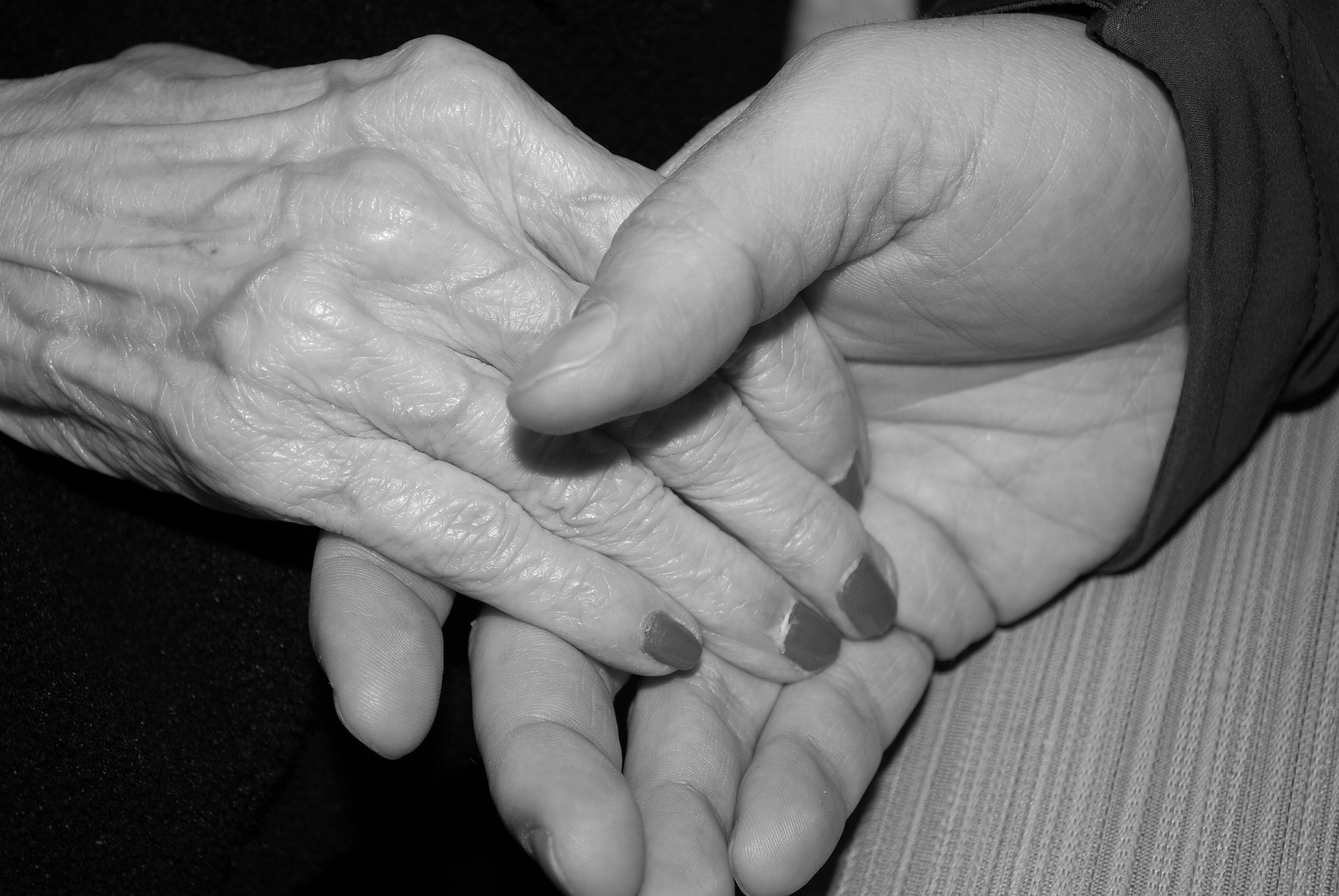5 Tips to Help an Aging Parent

“Parents are like shuttles on a loom. They join the threads of the past with threads of the future and leave their own bright pattens as they go.”
– Fred Rogers
The challenges of helping care for an aging parent can bring added responsibility — and anxiety. You worry about their health, their safety and their happiness. And while navigating these difficulties can involve considerable time and effort, there are many simple solutions to help ease the burden of care. Here are some practical products for common, everyday eldercare challenges.
Medication blister packs. Some pharmacies offer these for free when filling prescriptions. The pharmacist packages medications into individual blister or bubble packs for daily administration. This can help avoid potentially dangerous medication mixups. Pharmacies can even blister pack different a.m. and p.m. regimens — ask yours if they offer this helpful service. For even more precise control, some companies offer dispensers with timers that automatically dispense daily medications at pre-programmed times of day. Check with your parent’s physician to see if either of these solutions would be advisable. It can also be a good idea to research whether these items are covered by your parents Medicare, Medicaid or other health insurance policy.
Transfer bench. This is a bench that straddles between a bathtub and the floor. Your parent can sit down on the bench and place his or her legs inside the tub one at a time, instead of stepping over the edge, which can help prevent a disastrous slip or fall.
Fall detectors. Emergency call devices you see advertised on TV can alert others in the event mom or dad falls and is unable to reach a phone to call for assistance. Some of these devices have built-in fall detection that automatically activates should a parent fall down. This can be lifesaving in the event of a loss of consciousness.
Reacher grabber tool. One low-tech device that can also prevent a fall are what look like handy selfie sticks with claws on the end that can grab items on the ground, avoiding the need to bend and reach. This can be helpful for parents whose mobility is restricted or for those with back pain or balance issues.
Smart home technology. A mere convenience for younger folks, smart home technology can help make the home a safer place for aging parents. Technologies like HomeKit, Alexa and Google Home let your parents use their voice to turn on lights without having to cross a dark room if, for example, they need to get up during the night. There are other systems that can even detect motion, turning on lights automatically as someone enters a room. Smart home technologies can also be used for locking and unlocking doors, adjusting thermostats and a host of other tasks that would otherwise require moving about the house.
Technology is providing more options for those who want to age in place — a preference held by 85% seniors, according to AARP. Remember, however, that technology is no substitute for appropriate medical and in-person home supervision. Seniors’ needs are individual and can evolve quickly, so it’s important to keep an eye out for any changes affecting care that pop up. And always check with your mom or dad’s physician before implementing any new tools or technologies for their care.
It can be difficult to keep your life in balance when you’re also helping to care for an aging parent. Branches Productivity can help. Download the free ebook to learn a system that helps you get your most important things done.
Help grow this idea.
Caring for an aging parent can be overwhelming. What advice would you pass on to someone just beginning this journey?


